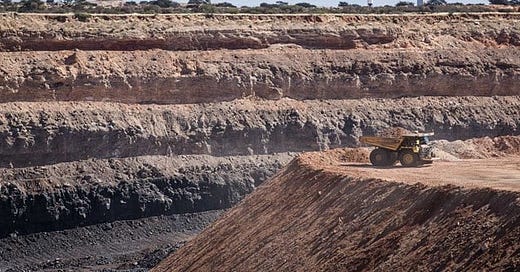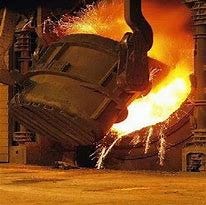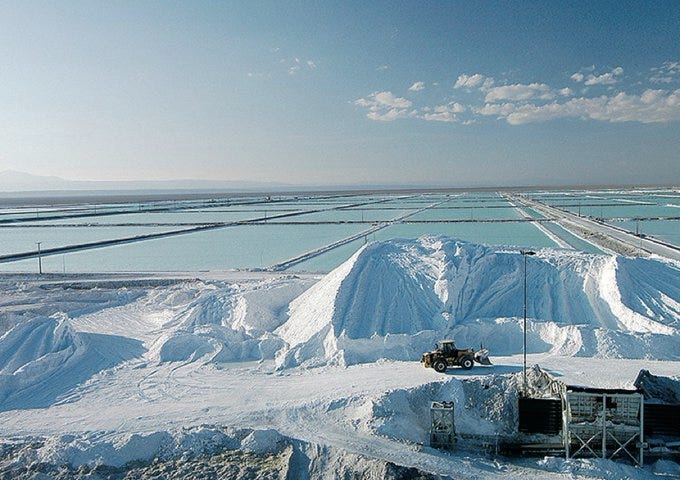Pettimore Pulls Back the Curtain on Battery Power, It's Nothing Pretty
Corrosive, polluting, damaging heavy industry
“Not just a miner” Canadian John Lee Pettimore focuses his skill, research, and experience on revealing the inner workings of mining and producing “green” power systems.
By: John Lee Pettimore
So lets take a look at the new "Green" VW battery being built in Canada.
How Green is it?
The battery chemistry is lithium iron phosphate or lithium ferro-phosphate (LFP). It requires manganese, phosphate, iron, and lithium.
Manganese…
The world’s largest manganese resources are located in two South African mines: South 32’s open-cut Mamatwan mine and Black Rock mine located in Kuruman, South Africa.
After mining, drilling, blasting, diesel fuel, electricity made from coal fired plants, water, floatation, chemicals and toxic tailings ponds, manganese is made by heating the mineral pyrolusite (MnO2) in the presence of charcoal. Most manganese is still obtained from pyrolusite, although it is usually burned in a furnace with powdered aluminum or is treated with sulfuric acid to form manganese sulfate/electrolyzed.
Phosphate…
Most phosphate is found in sedimentary rock. Only the purest 1% of that 5% is igneous anorthosite, devoid of heavy metals and low in sulphur content, and therefore capable of producing large amounts of LFP battery-grade PPA.
Energy intensive from mining to concentration.
All necessary for the refinement and production of phosphoric acid to produce LFP cathode active material…
The thermal process…
…where elemental phosphorous is produced from phosphate rock, coke, and silica in an electrical resistance furnace, then oxidized and hydrated to form acid. Thermal-generated acid is highly purified.
Process emissions include gaseous fluorides in the form of hydrofluoric acid (HF) and silicon tetrafluoride (SiF4) fluoride, dust, cadmium (Cd), lead (Pb), zinc (Zn), and radionuclides.
Lithium is mined in two ways:
Brine and solid ore. With solid ore it requires all the same mining and process as any mineral. Again sulfuric acid, diesel, toxic tailings ponds etc. Tailings ponds can cause groundwater contamination with metals including antimony and arsenic.
Brines require almost 2 million litres of water to produce one ton of lithium. The common environmental side effects are water loss, ground destabilisation, biodiversity loss, increased salinity of rivers, contaminated soil and toxic waste.
None of this includes the copper, steel, plastics and manufacturing.
Every step of the battery process requires smelting and millions of gallons of fossil fuels, including coal.
So how green is it?
It's not.
We encourage everyone on Twitter to follow Mr. Pettimore: @JohnLeePettim13
And more about problems with batteries…









